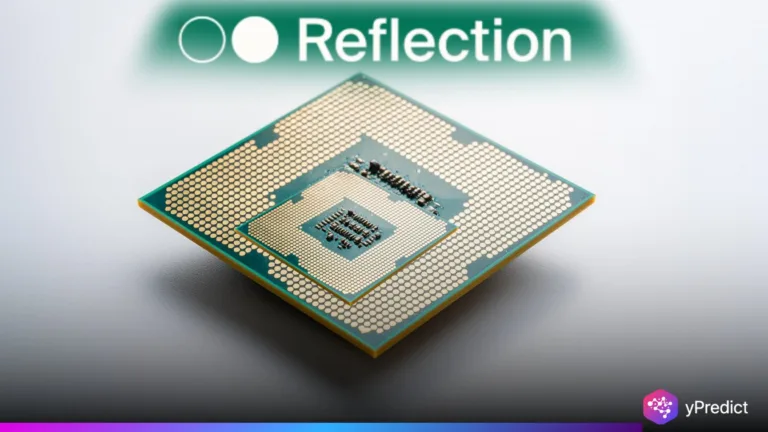
Artificial intelligence dominates global news, and finance shows it most clearly. AI startups attract record investments as venture capital firms pour billions into bold promises of industry change. This rapid surge excites many but also sparks concern about whether such growth can last.
AI funding mirrors past market booms, where investor enthusiasm drives massive capital inflows before corrections arrive. AI shows promise in finance, healthcare, education, and logistics. Yet, many analysts argue that current funding far exceeds actual revenue or profitability. Rising valuations push investors to question whether they back real innovation or speculative bets.
These debates matter for more than investors. Entrepreneurs and economies depending on innovation-driven growth also feel the impact. The big question remains: Are we at the start of a long AI revolution, or will optimism fade once markets face harder realities?
Record AI Investments and Startup Valuations
Venture capital activity has glaringly tilted toward artificial intelligence over the last 2 years. Billions of dollars have been committed to AI startups in every quarter. Startups in generative AI, machine learning platforms, and automation tools have received valuations that exceed revenue metrics of companies with extended histories and solid revenues.
Though this is good for startup entrepreneurs, who have received so much more funding, thus creating more innovation opportunities and speeding up product delivery, there clearly is an upside, but also dangerous risks involved. Investors, possibly, overpay for new technologies that have not yet proven commercial viability — this could be a catastrophe for market expectations in the coming years.
This has caused many to make comparisons to the “dot-com bubble”. However, let me be clear, in general, many AI spend and AI companies have stronger technical foundations than never-proven companies that were funded with extreme amounts of money with no sustainable business models during the dot-com boom. Nevertheless, there are enough similarities to concern offices across the financial world.
Why Investors Continue to Back AI Despite Risks
One reason the venture capital bubble discussion has gained momentum is the relentless optimism among investors. Many firms fear missing out on the next big breakthrough, a mindset often described as FOMO, or fear of missing out. The possibility of backing the next trillion-dollar company keeps the money flowing.
Additionally, AI has tangible proof points that make it different from past hype cycles. From Chatbots improving customer service to AI tools driving drug discovery, real-world applications exist. These advancements create confidence that AI is more than a speculative bet, even if some startups are overvalued.
Yet, this does not eliminate the risks. In some cases, startups raise funding at valuations disconnected from their actual growth potential. If too many such cases accumulate, the result could be a sharp correction, shaking confidence in the wider market.
The Impact on Startups and Innovation
The surge in AI funding brings opportunities and challenges to startups. On the one hand, startups have access to capital that allows them to scale at an unprecedented pace, leading to faster hiring, product launches, and entrance into global markets. In theory, this could hasten the pace of technological change across many industries.
On the other hand, with money comes pressure and in some instances adverse effects from inflated expectations. Investors expect rapid returns; that demand typically places a burden on organizations to prioritize “growth” and ignore the necessary work required to build a sustainable business model. If we believe the venture capital bubble narrative, there will be a significant number of smaller AI organizations who have no market when investor enthusiasm dies down.
Cycles of rapid funding followed by harsh market corrections are not new in tech. Some companies survive; some companies thrive. Yet, many companies fail leaving in their wake wasted resources and disappointed backers.
Could This Lead to a Bubble Burst?
The key question is whether this influx of capital will eventually stabilize into a durable growth trend or eventually burst. The historical record of markets indicates that sectors that are overheated tend to correct sharply, but such corrections do not necessarily mean the end of the story. After the dot-com crash, for example, the internet (the one that we think of today) continued to grow and eventually became a fundamental fixture in the modern economy.
The same could happen with AI. Even if we see a correction at this time, surely the investments made in startups today will help produce advancements in the future. The question is how to tell which companies actually have some promise and which are simply overvalued with speculative fervor.
Final Thoughts
The acceleration of funding for AI projects demonstrates incredible potential, as well as very real risks. It captures the insatiable appetite for innovation, but also the perils of hype and overvaluation. For venture capitalists, the goal is to strike the right balance between ambition and discipline. For startups, it is to convert funding into durable success as opposed to temporary excitement.
Whether AI spurs the next industrial revolution, or faces a difficult reset, one thing is for sure, the AI sector will likely stay front and center for the next several years as the epicenter of financial and technological transformation.





